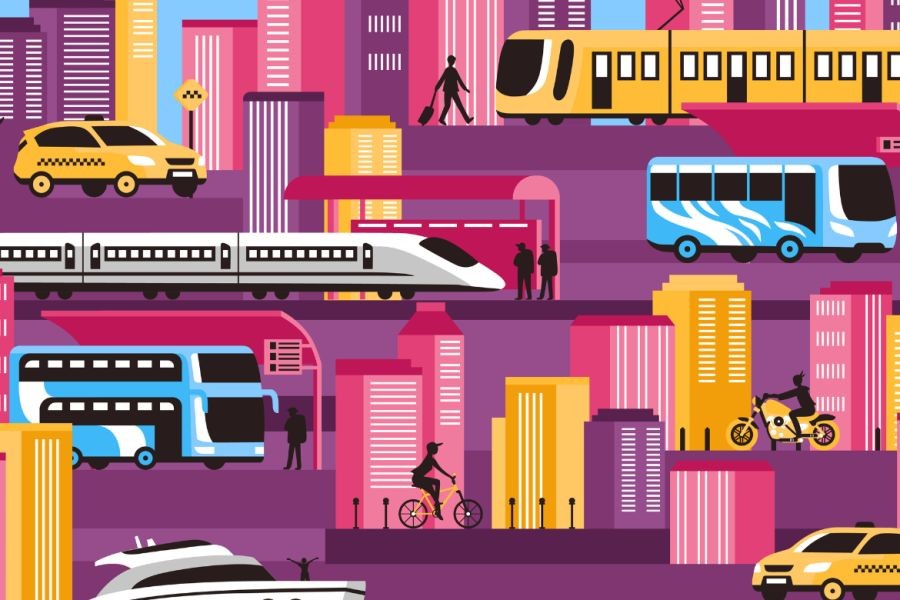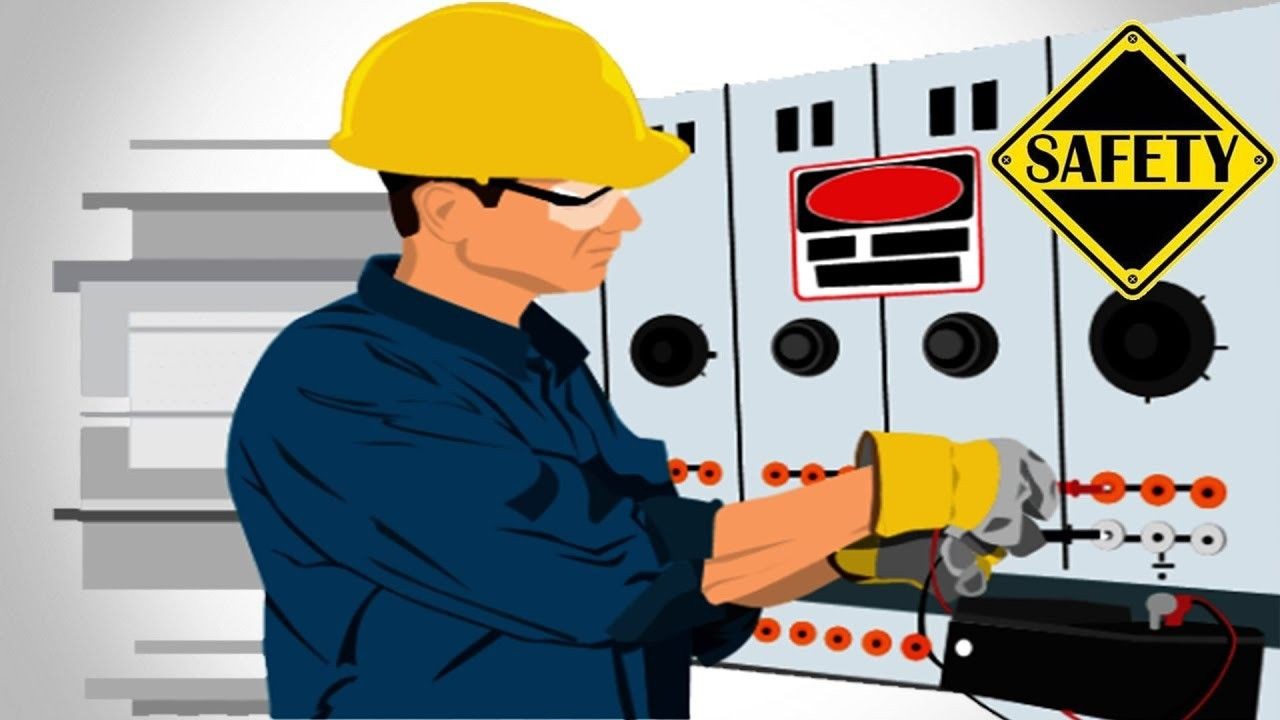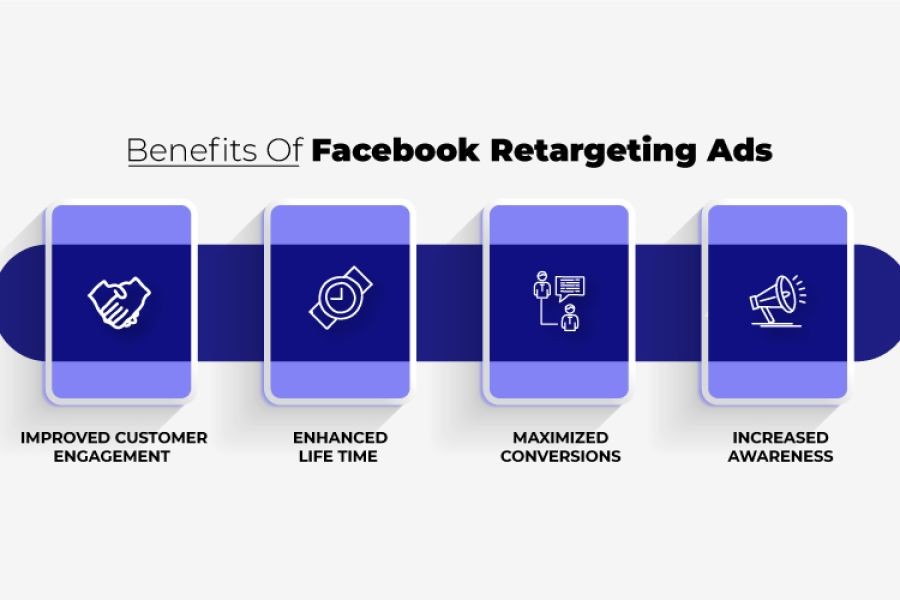Public transport systems are a vital component of urban infrastructure, directly impacting sustainability, economic growth, and quality of life. In this analysis, we delve into how New Zealand's public transport compares with those of European cities, focusing on sustainability, efficiency, and the challenges facing each. We explore whether New Zealand can learn from Europe's rich tapestry of public transport innovations to enhance its own systems.
Understanding the New Zealand Context
New Zealand's public transport system has been the subject of scrutiny due to its reliance on car travel. According to Stats NZ, around 80% of New Zealanders use private vehicles as their primary mode of transport, contributing significantly to carbon emissions. To combat this, the Ministry of Business, Innovation and Employment (MBIE) has invested in public transport initiatives, yet challenges remain, such as urban sprawl and low population density.
European Public Transport: A Benchmark for Sustainability
European cities like Amsterdam, Copenhagen, and Berlin have long been praised for efficient and sustainable public transport networks. These systems integrate various modes of transport, including buses, trams, trains, and bicycles, offering seamless connectivity. The European Union's commitment to reducing carbon emissions has led to significant investments in green public transport solutions, with electric buses and trams becoming more prevalent.
Case Study: Amsterdam's Integrated Transport Network
Amsterdam offers a prime example of an integrated public transport system. The city has invested heavily in cycling infrastructure, which complements a robust network of trams, buses, and ferries. According to the Amsterdam Municipal Transport Company (GVB), over 60% of the city's population uses public transport daily. The city's commitment to sustainability is evident in its transition to electric buses, aiming for a zero-emissions fleet by 2025.
The success of Amsterdam's system lies in its integration and accessibility, factors that New Zealand cities can learn from. While Wellington and Auckland have made strides in improving their networks, the emphasis on multi-modal transport and infrastructure investment remains crucial.
Comparing Key Metrics: Efficiency and Accessibility
Efficiency and accessibility are critical metrics in evaluating public transport systems. European cities often outperform due to their high population density and urban planning. For instance, Berlin's public transport system records a punctuality rate of 97%, according to BVG, the city's transport operator.
In contrast, New Zealand's public transport struggles with punctuality and coverage. A report from the New Zealand Transport Agency (NZTA) highlighted that Auckland's bus services meet punctuality targets only 80% of the time. Expanding urban areas without corresponding transport infrastructure has led to longer commutes and congestion.
Exclusive Industry Insight: Overcoming Urban Sprawl
One challenge facing New Zealand's public transport is urban sprawl. European cities have effectively managed this by concentrating development around transport nodes, a concept known as Transit-Oriented Development (TOD). Implementing TOD in New Zealand could reduce reliance on private vehicles and encourage higher public transport usage.
According to a University of Auckland study, adopting TOD could increase public transport ridership by 20%. It is a strategy that requires cooperation between urban planners, policymakers, and transport authorities to ensure successful implementation.
Pros and Cons of New Zealand's Public Transport System
✅ Pros:
- Potential for Growth: Investment in public transport infrastructure has been increasing.
- Environmental Benefits: Reduced reliance on cars could significantly lower emissions.
- Government Support: Policies are increasingly focusing on sustainability and green transport solutions.
❌ Cons:
- Limited Coverage: Rural areas and smaller cities remain underserved.
- Punctuality Issues: Current systems struggle with efficiency and reliability.
- High Car Dependency: Cultural preference for private vehicles persists.
Debunking Common Myths
Many misconceptions exist regarding public transport in New Zealand, often comparing it unfavorably to European systems. However, understanding the local context is crucial.
- Myth: "Public transport is always less efficient than private cars." Reality: While coverage issues exist, public transport is often faster and more sustainable in urban areas.
- Myth: "Investing in public transport only benefits cities." Reality: Improved public transport can boost regional economies by connecting rural areas to urban centers.
Future Trends and Predictions
The future of public transport in New Zealand appears promising, with significant investments in sustainable solutions. According to a report by Deloitte, the country aims to increase its electric vehicle fleet to 50% by 2035, aligning with global trends towards electrification.
Moreover, integrating technology like AI and IoT in transport systems could enhance efficiency and user experience. For instance, real-time data analytics could optimize routes and reduce congestion, a trend already seen in European cities like Oslo.
Conclusion: The Path Forward for New Zealand
New Zealand's public transport has room for improvement, with European cities providing valuable lessons in sustainability and efficiency. Emphasizing integrated transport solutions, investing in infrastructure, and promoting cultural shifts towards public transport can enhance the system's appeal and effectiveness.
For sustainability consultants and policymakers, the focus should be on leveraging international best practices while tailoring solutions to New Zealand's unique challenges. As the country moves towards a greener future, public transport will play a pivotal role in achieving sustainability goals.
People Also Ask
- How does public transport impact sustainability in New Zealand? Public transport reduces reliance on private vehicles, lowering emissions and supporting climate goals. Stats NZ reports that increased public transport use could cut emissions by 20%.
- What can New Zealand learn from European public transport systems? New Zealand can adopt integrated transport networks and transit-oriented development, enhancing accessibility and sustainability.
- What are the benefits of Transit-Oriented Development in NZ? This approach can reduce car dependency, promote urban growth, and increase public transport use by 20%, according to the University of Auckland.
Related Search Queries
- New Zealand public transport improvements
- European cities public transport comparison
- Sustainable transport solutions in NZ
- Transit-oriented development examples
- Electric vehicle adoption in New Zealand





























JerryDunn6
5 months ago